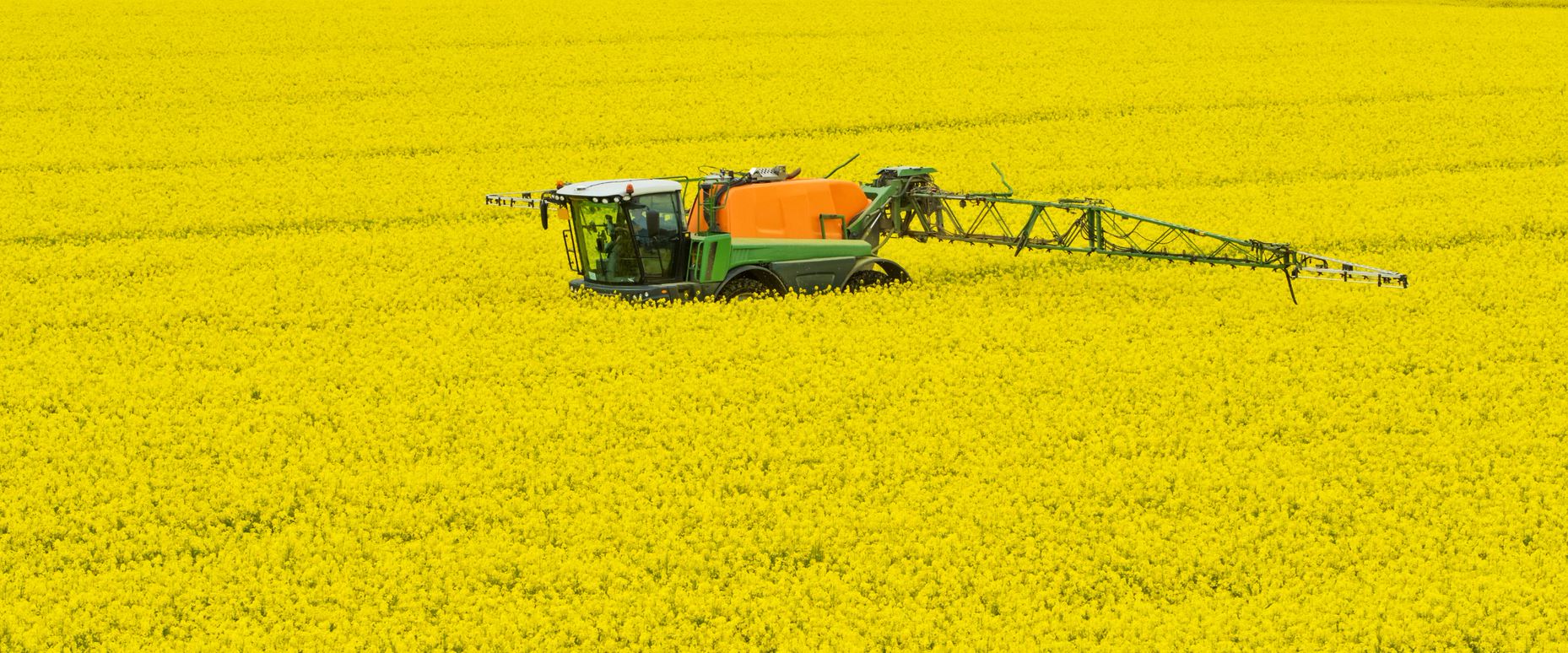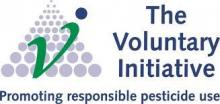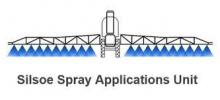This page connects organisations, initiatives and resources relevant to the application of pesticides and the operation of modern equipment.
The application of pesticides can only be undertaken by people qualified with a Certificate of Competence as set out by Chemicals Regulation Directorate (CRD) under Control of Pesticides Regulations 1986. Operators must first acquire PA1 Certificate in the Principles of the Safe Handling & Application of Pesticides before gaining PA2 Certificate for vehicular application by boom sprayer, awarded by City & Guilds NPTC or Lantra.
Sprayer operators are expected to engage with Continued Professional Development through the National Register of Sprayer Operators (NRoSO), a scheme set up by the Voluntary Initiative and required by farm assurance schemes.
There is a successful Facebook Group for Farm Sprayer Operators with over 4500 members where tips are shared.
Syngenta runs an annual competition for Farm Sprayer Operator Of The Year (FSOOTY).
Suggest more links and information for this page below. Request to Join to become a Steward and add wikipedia style summary.







Discussion